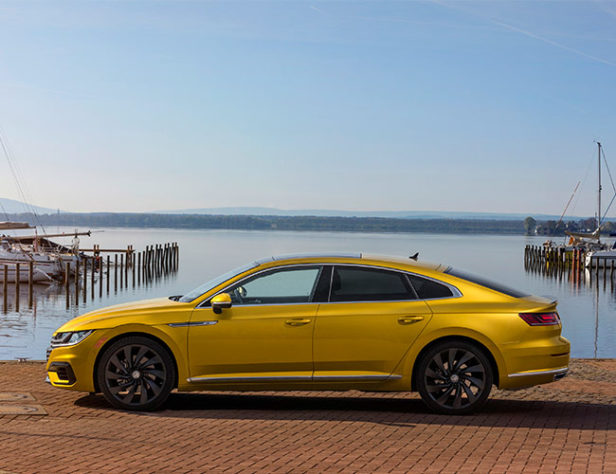You have to admire Lincoln’s savvy in its protracted, dogged pursuit of brand rebirth. Not only has it produced consistently high-quality products in recent years – including, most recently, a crisply redesigned Navigator – but it has wisely learned from its mistakes, steadily abandoning, for instance, confusing naming schemes (MKS, MKX, etc.) in favor of actually memorable names, such as the [reborn] Continental and the upcoming Nautilus. If only some other companies would take note. (Ahem: BMW X2 sDrive28i, BMW X5 xDrive40e iPerformance, BMW X4 M40i M-Performance…)
Now we have the Aviator, also a reborn mid-sized SUV, now slotted between the Navigator and the new Nautilus. Unveiled at the 2018 New York International Auto Show, the machine is easily the best of Lincoln’s recent design efforts, offering an elegant, timeless look inspired – as the name suggests – chiefly by the golden age of aviation. It is built on a rear-drive platform and will offer power of both the twin-turbo and hybrid variety. Lincoln Design Director David Woodhouse, during a walk-around preview of the new SUV ahead of the auto show, cited the Hughes H-1 Racer as a particular influence.
That airplane, a spectacularly beautiful 1930s design with hints of Art Deco influences of its own, finds its lines echoed in the new Aviator. “The fast-falling roofline and the rising rocker line give its silhouette an airfoil shape,” Woodhouse explained, noting that in spite of that tapering effect, they were able to retain comfortable seating for six-foot-tall adults in the third row by relaxing the higher stadium seating configuration that’s popular with three-row SUVs. “The color here – we call it Flight Blue – has its inspiration in the Air Force, and the badging on the side similarly recalls airfoils and aviation in its design.”
The vehicle also finds inspiration on the horizon – literally. Designers wove in wide, flat lines to both interior and exterior, including a sweeping horizontal crease from front to rear and a dashboard configuration that’s wide and accentuates the horizontal distribution of interior elements. “It generates a feeling of equilibrium and balance,” Woodhouse said. “I equate it to walking out to the beach for the first time and experiencing a feeling of calmness.”
Overall, design is also masterfully proportioned, with no exterior elements overwhelming the look, and a sense of scale that masks the vehicle’s generally significant proportions. Credit this to the design team’s pursuit of a visual impact that’s seductive rather than aggressive, Woodhouse said. “It’s more Monica Bellucci than Predator,” he joked.

Volkswagen just announced it’ll debut the R-Line package next week at the New York International Auto Show, but when the Arteon goes on sale later this year, you should save your money and skip that option box. Read the Story

